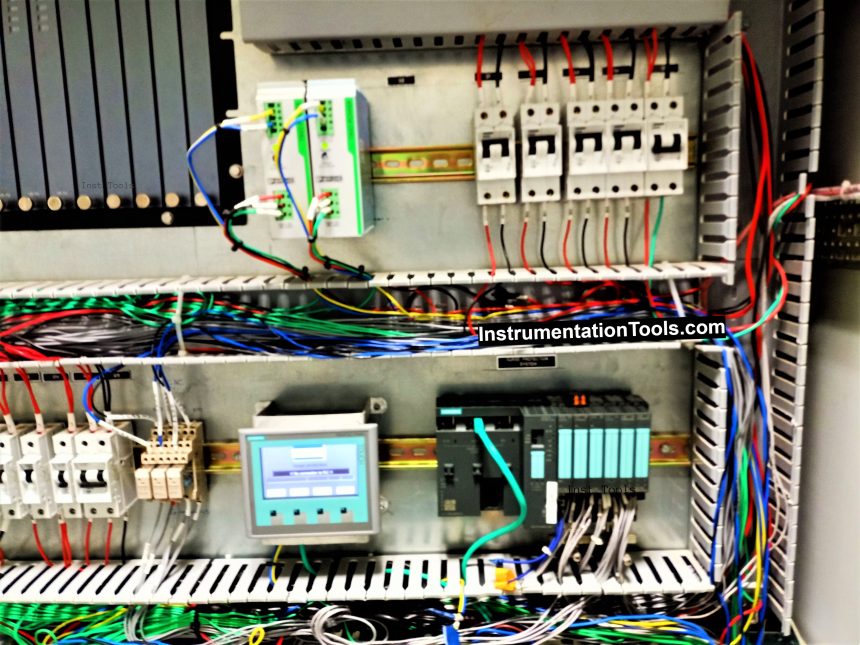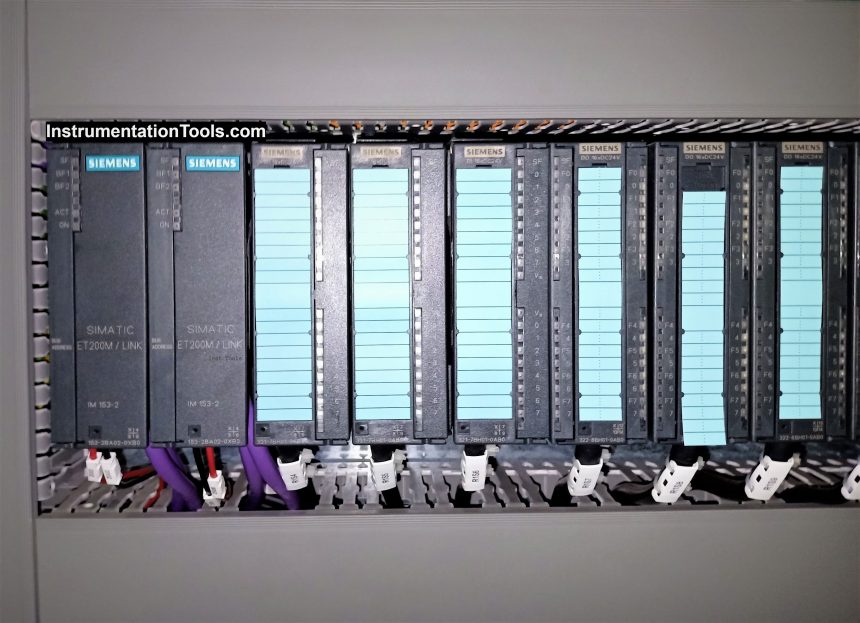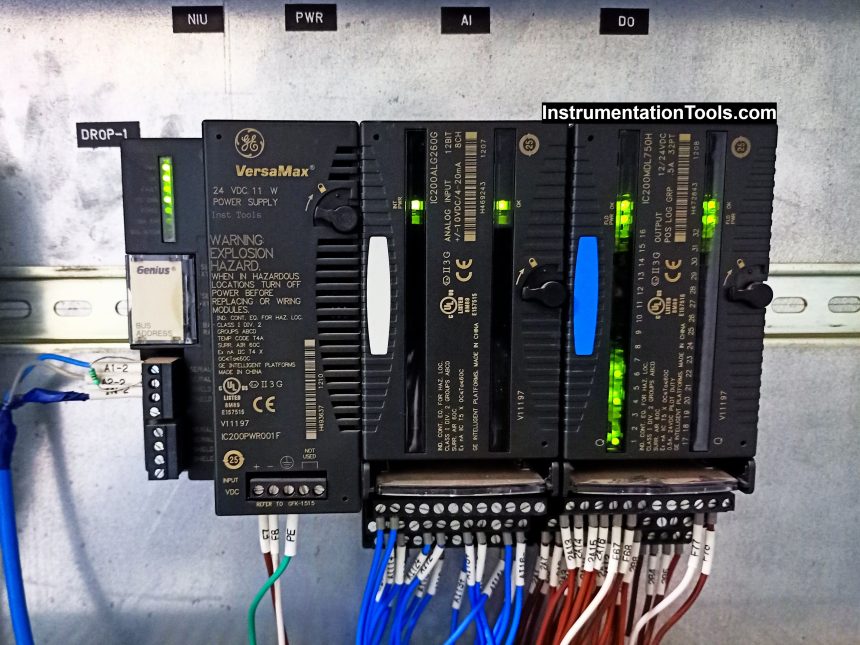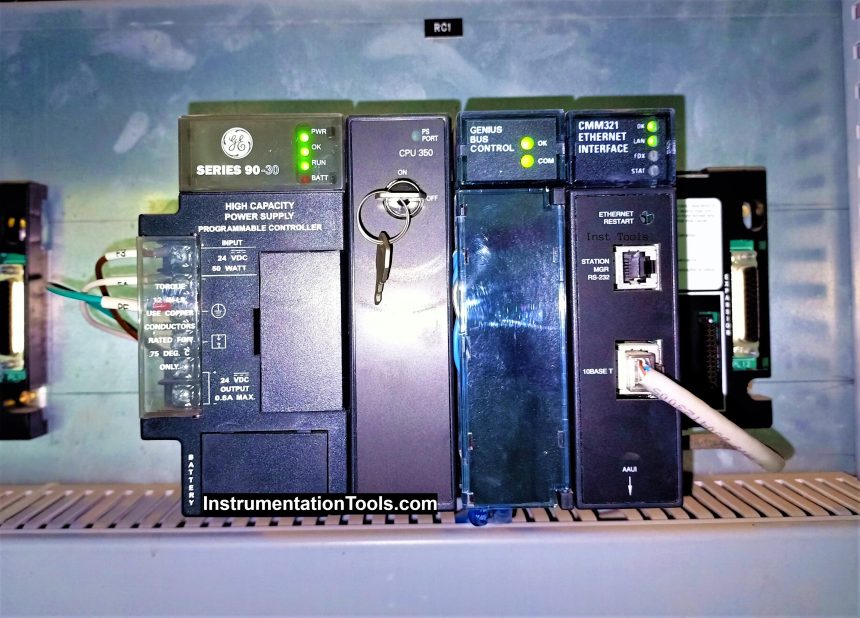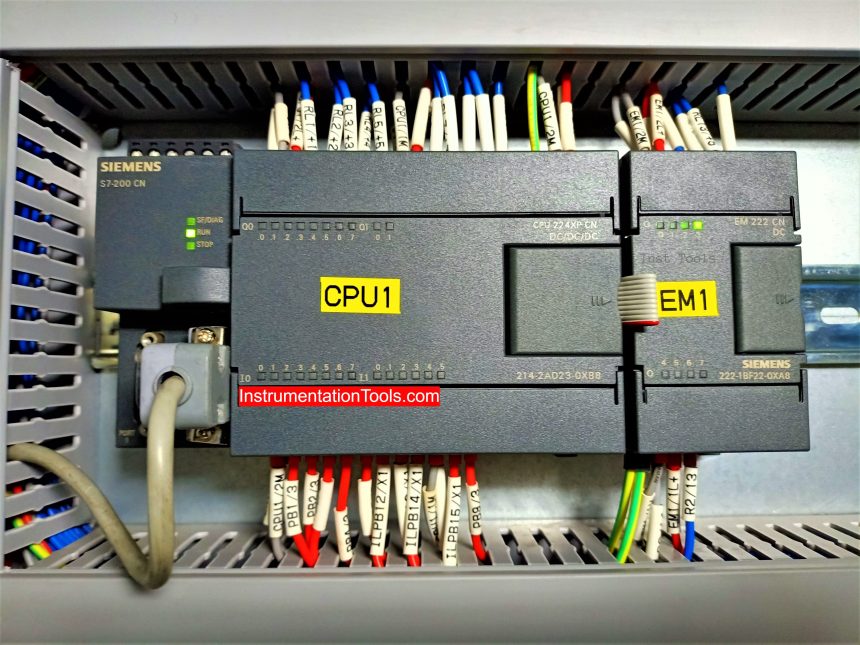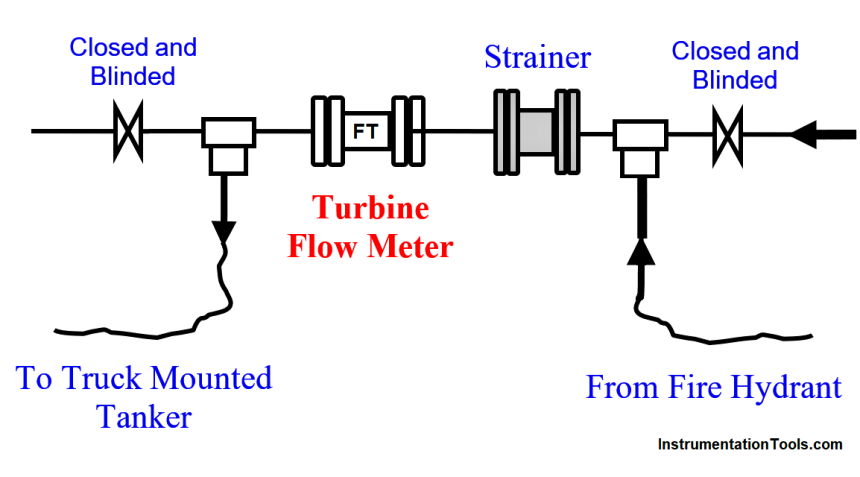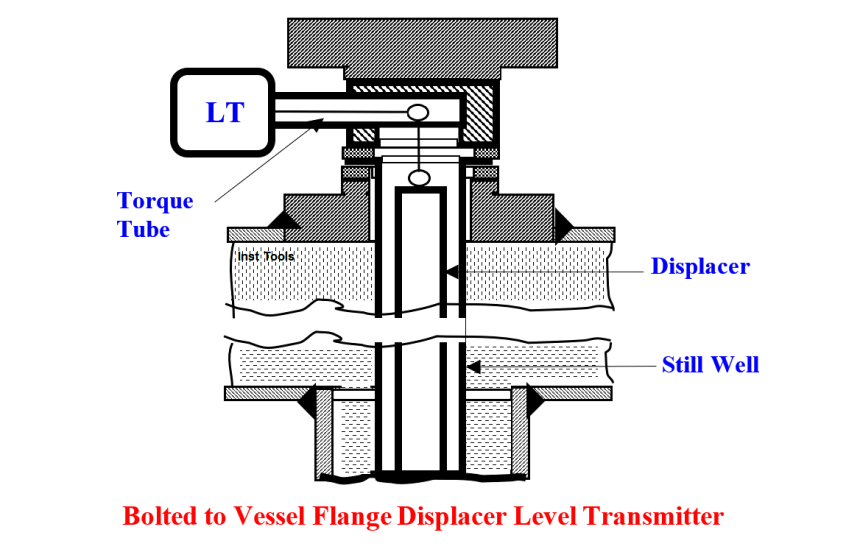#5 PLC Best Practices – Cryptographic and Checksum Integrity Checks
Use cryptographic hashes, or checksums to check PLC program integrity and raise an alarm when they change.
#4 PLC Best Practices – Use PLC Flags as Integrity Checks
One of the best PLC best practices is to use PLC flags as integrity checks. Put counters on PLC error flags to capture any math problems.
#3 PLC Best Practices – Leave Operational Logic in the PLC wherever feasible
Leave as much operational logic e.g., totalizing or integrating, as possible directly in the PLC. The HMI does not get enough capacity.
#2 PLC Best Practices – Track Operating Modes
Track PLC operating modes - Keep the PLC in RUN mode. If PLCs are not in RUN mode, there should be an alarm to the operators.
#1 PLC Best Practices – Split PLC Code into Modules
#1 PLC Best Practices - Split PLC code into modules, using different function blocks (sub-routines). Test program modules independently.
Types of PLC Memory
In this post, we will learn the basic types and concepts of memory in a programmable logic controller (PLC).
Turbine Flow Meter (TFM) Field Calibration Uncommon Request
Instrumentation engineering root cause analysis of turbine flow meter (TFM) field calibration in a urea plant.
High-pressure Service Level Transmitters Misunderstood Zero Drifts
Instrumentation engineering root cause analysis of high-pressure service displacer level transmitter zero drifts problems.
Seal Level Differential Pressure Transmitter Problems
Instrumentation engineering root cause analysis of seal level differential pressure transmitter problems and displacer level transmitters.
Automation in Logistics Industry
In this article, we will learn the basic concept of automation in the logistics industry with conveyors, sorting systems, and robots.
